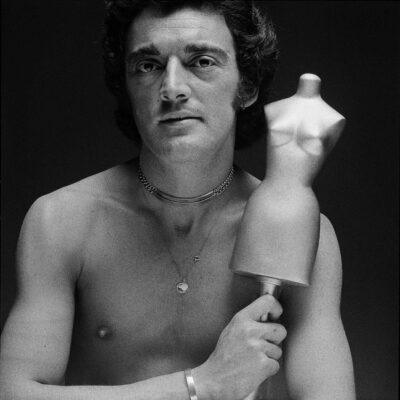
EFHA World 02.04.2024
14.02.2020
fashion historyVictorian Fashion
A fascinating under-garment, revealed
The steel-hooped cage crinolines, first patented in April 1856 by R.C. Milliet in Paris, and by their agent in Britain a few months later, became extremely popular across the Western world, where they were worn by women of every social standing and class.
Originally the crinoline, a stiff fabric made of horsehair and cotton or linen, was used to make underskirts and as a dress lining. The stiffened or structured petticoat was designed to hold out the woman’s skirt and by the 1850s, the ladies wore it up in order the widen skirts to achieve the illusion of a tiny waist.
By then, the term crinoline was more usually applied to the fashionable silhouette provided by horsehair petticoats, and to the hoop skirts that replaced them. In form and function these hoop skirts enabled skirts to spread even wider and more fully.
At its widest point, the crinolines could reach a circumference of up to six yards. Their features, and their width, made the crinolines dangerous if not worn without due care and this widespread media scrutiny and criticism. Many caricatures and illustrations refigured fashionable ladies wearing impossible and exaggerated version of the cage in ridiculous scenes, but this however reflected a true and less funny reality. Thousands of women died in the middle 19th century as a result of their hooped skirts catching. In addition to fire, their hazards included the hoops being caught in machinery, carriage wheels, gusts of wind, or other obstacles.
By the late 1860s, crinolines were beginning to reduce in size and, in the early 1870s, they were largely replaced by the smaller crinolettes and the bustle.